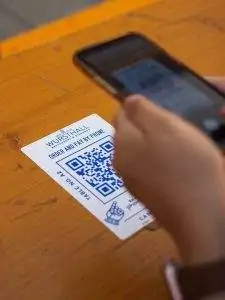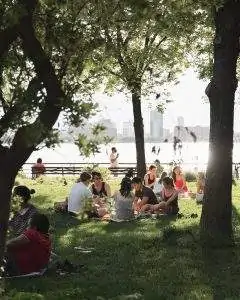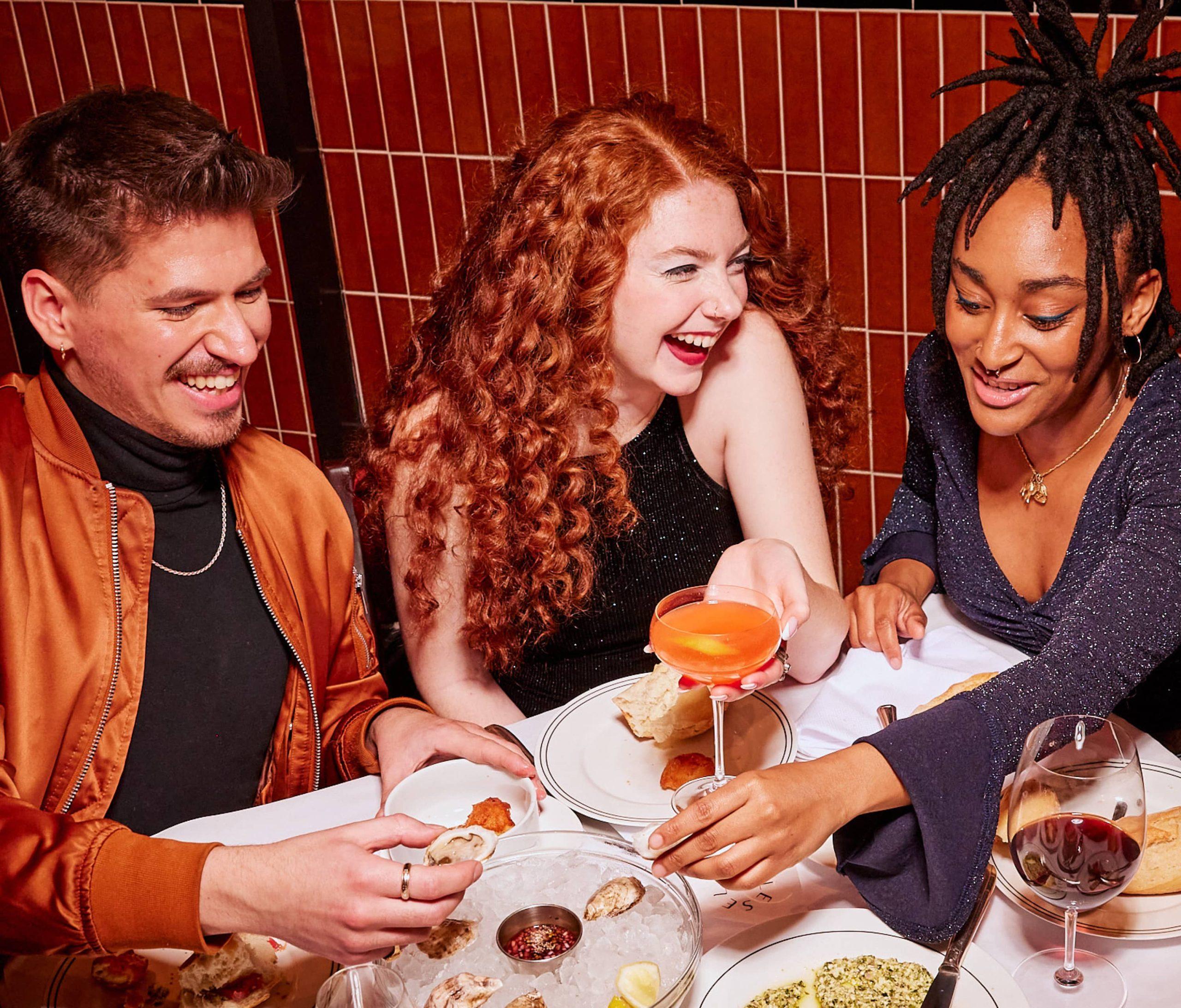Whether it’s taking delivery to the next level, or eliminating no-shows for good, these restaurant trends will help operators through the next twelve months.
‘Costly’ is one way to describe how last year played out for Britain’s restaurants, bars, and pubs. Cumulatively, in 2020 UK hospitality businesses were losing approximately £200million a day according to UK Hospitality figures.
The Prime Minister has said pubs, bars, and restaurants will be the last part of the English economy to reopen in 2021. While reserving any ideas of a return to some semblance of normality for the summer, once restrictions ease there will be renewed interest in eating out, with tentative suggestions of it being like the Roaring Twenties all over again.
Here are some useful tips and tricks operators are using to make sure they get there.
Delivery and takeaway going the extra mile
Bringing food to customers, rather than the other way round, has been a de facto part of resturanting for over a year now. But how can operators take things a step further?
Like Moorcock’s move from new Nordic cuisine to pizzas and ice cream, some restaurants have committed to completely remodelling into a takeaway-friendly operation. Or introduced a new brand to satisfy delivery demand — BAO’s Rice Error, for example, is a stripped-down version of their usual programme, channelling a similar yet distinct concept from what made it famous.
Collaborations will also prove useful for some businesses. In partnering with butcher HG Walter to package and ship their Kerala fried chicken naan wrap kit, Kricket got the advantage of the butcher’s distribution network, enabling them to reach almost any of their followers around the UK.
Accessibility is among the largest obstacles in delivery, especially when there’s little reason for people to travel into inner-city areas. In 2021, localised ‘dark kitchens’ (that is, delivery-only setups without any FOH) will be instrumental in shortening delivery times and building up the on-demand factor of restaurant food. The Restaurant Brands Collective are doing the savvy thing of setting up dark kitchens in areas, like commuter towns, otherwise lacking the quality of food pervasive in major cities.
QR codes: 90s tech with a new importance

In part due to the NHS Test and Trace system, Quick Response (QR) codes gained new recognition in 2020. At least 84% of UK and US consumers have now paid via a QR code, at the moment an integral part of the fully contactless experience, thus mitigating the chance of viral spread.
How does this work in restaurants? Guests can scan a QR square with the camera on their phone to bring up a restaurant’s menu, not only making them feel more comfortable when ordering, but helping operators save on printing costs too.
Legendary chef Jean-Georges Vongerichten says QR codes are part of the future of dining out. ‘We are really operating in the new world of COVID,’ he told CNBC. ‘We will not do menus anymore.’ With the need for contactless at new highs, COVID may even have hastened the end for cash and loose change altogether too.
In January, OpenTable added QR codes to give restaurants a free and easy way to incorporate the new tech into their business. When restaurants make updates to information on their OpenTable profiles, such as the menu and operating hours, the evergreen QR code automatically updates. There’s no fee for scanning QR codes through OpenTable, and restaurants can generate as many codes as they want.
No tolerance for no-shows
In major cities, as many as 1 in 5 diners fail to honour their bookings. Financial struggles during the pandemic have made this trend even more punishing for operators. Owner of Bristol’s Urban Tandoor Sujith D’almeida told Bristol Post his business missed out on an estimated £900 on one night in November 2020 because of the 45 diners who failed to show up for their reservations.
Once restaurant dining is re-instated, ticketing, cancellation fees, and holding deposits on reservations will be more important than ever at what will inevitably be a crucial time for the industry. Booking platforms are also developing ways to combat one of hospitality’s biggest issues – OpenTable, for example, does not allow bookings at multiple restaurants at the same time and allows restaurants to set up credit card details to secure reservations.
Meals on wheels: Just the beginning of at-home fine dining?
Delivery may be the antithesis to the philosophies of haute cuisine, but top-tier chefs are finding new ways to reach their audience when traditional dining is off the cards. Meal kits have proven one of those solutions, with chefs like Adam Handling, Simon Rogan, and Clare Smyth rolling out their own DIY meals to UK households. In an OpenTable Webinar, Alexis Gauthier, chef and owner of Gauthier Soho, explained how he received a positive response from doing Meal Kits.
So what’s the next step? Restaurant-branded products may offer another way for chefs to find their audience. Heston’s been doing this for years with his Waitrose partnerships, with Pierre Koffmann among the most recent high-profile name to enter retail with his ‘frozen frites’ range.
But perhaps this potential hasn’t been fully explored, whether among supermarket chains or smaller, local stores. In the US, H-E-B stores last year teamed up with local chefs to peddle versions of their most popular dishes, a move that’s been a boon for both restaurant brands and these supermarkets. ‘We know people are coming in the store specifically looking for these items,’ an H-E-B spokesperson told Plate.
Outdoor dining, all year round
The British climate is not best suited to all-year al fresco dining. But that shouldn’t stop us — one thing we learned from NYC’s outdoor restrictions over the winter of 2020 was how inventive hospitality can get with such things. New York saw floods of yurts, ‘snow globes’, fire heaters, greenhouses for two, branded jumpers, and blankets on request.
In 2021, building around al fresco as an experience could be key, whether it’s with barbeques and fire pits, or parked-up food vans. Of course, venues are limited by how much, if any, outdoor space they have to hand. But those without terraces or gardens might, especially in the sunnier months, offer hampers or picnic spreads to takeout to a local park, as has been a specialty of Mayfair hotel Dukes for a while now.
In conclusion
A full recovery may take some time, but 2021 will be an opportunity to apply lessons learned from 2020, and use it to drive their business forward. Whether it’s adopting delivery, eliminating no-shows for good, or transforming your restaurant spaces – restaurants should be prepared for a future inclusive of whichever way people want to dine.




